
The Met paid almost $4 million for the coffin, which will now be returned to Egypt, where it was said to have been looted in 2011.
The Metropolitan Museum of Art built a substantial exhibition last year around a new acquisition, a golden-sheathed coffin from the 1st century B.C. that was inscribed for Nedjemankh, a high-ranking priest of the ram-headed god Heryshef of Herakleopolis.
But the exhibit, “Nedjemankh and His Gilded Coffin,” shuttered earlier this week because the Met agreed to return the highly ornamented artifact to Egypt after investigators determined it had been recently plundered from that country.
Museum officials said that they bought the object from an art dealer in Paris in 2017 and were fooled by a phony provenance that made it seem as if the coffin had been legitimately exported decades ago.
But prosecutors with the Manhattan district attorney’s office presented the museum with evidence that suggested it had been looted from Egypt in 2011.
This was the latest of several incidents that have raised questions about the thoroughness of the museum’s vetting procedures when acquiring antiquities. The Met said it had fully cooperated with the district attorney’s investigation and added that the museum will “review and revise” its acquisitions process.
The investigators did not discuss the details of how they had discovered the artifact was looted, but District Attorney Cyrus Vance Jr. said in a statement: “Stewards of the world’s most important artifacts have a duty to hold their acquisitions to the highest level of scrutiny.”
By Colin Moynihan – The New York Times – February 15, 2019
******
More From Egypt Soon

 Brigitte
Brigitte Archaeologists remove the cover of an ancient Egyptian sarcophagus in Luxor dating back more than 3,000 years. Photograph: Mohamed Abd El Ghany/Reuters
Archaeologists remove the cover of an ancient Egyptian sarcophagus in Luxor dating back more than 3,000 years. Photograph: Mohamed Abd El Ghany/Reuters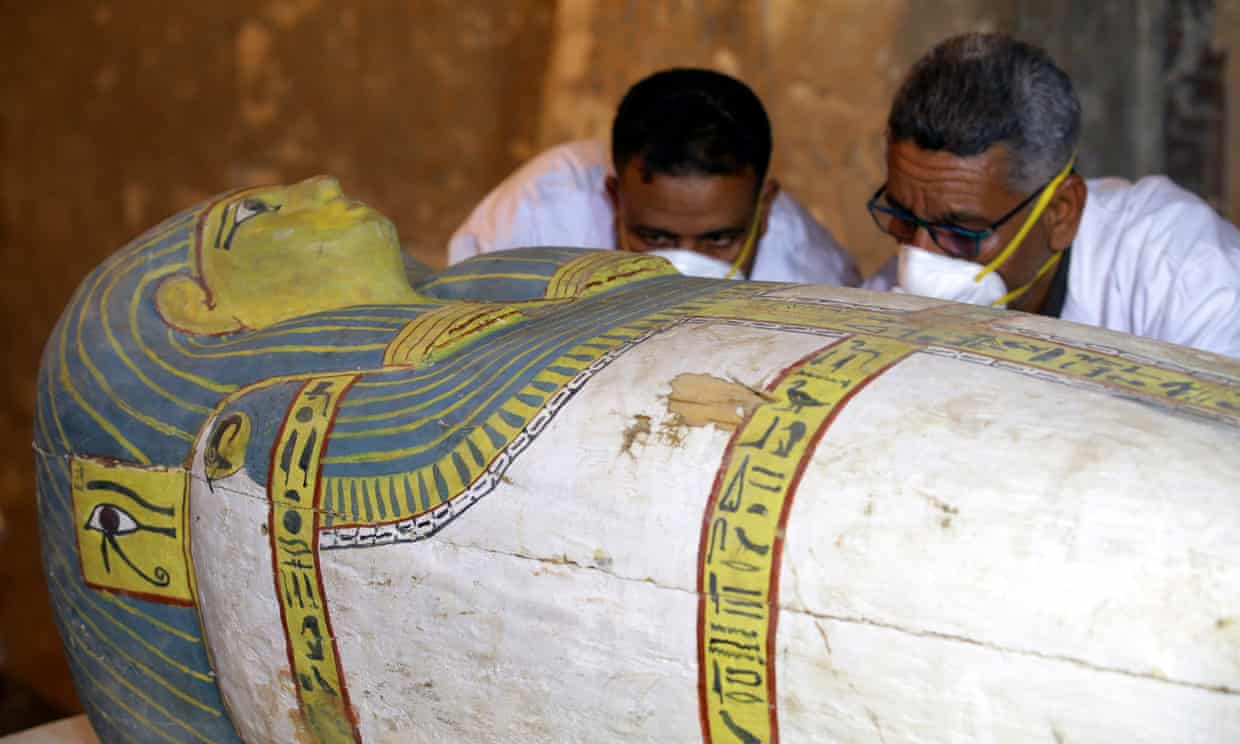
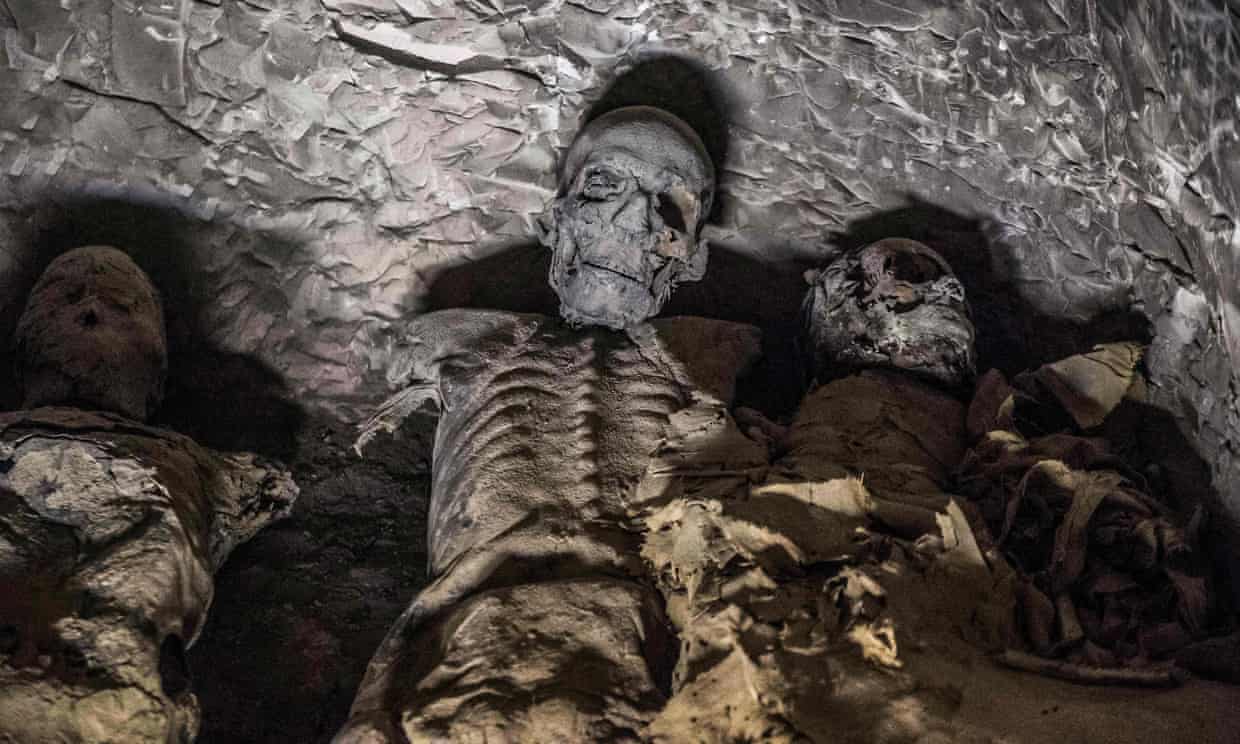
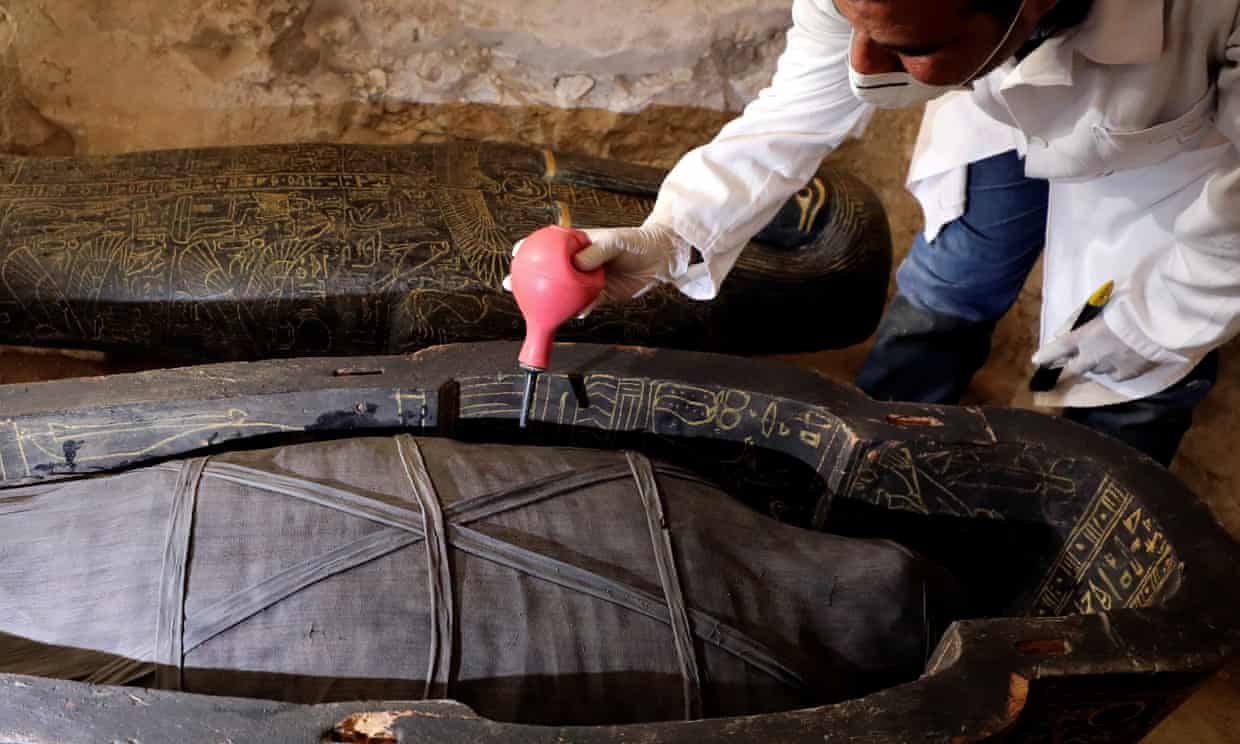
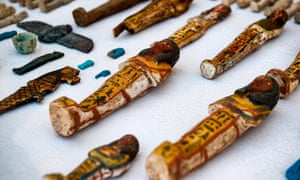
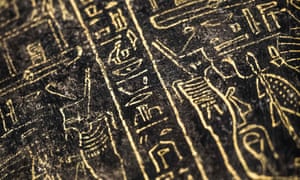

 Researchers long thought the prehistoric mummies of Egypt were created by accident. But mounting evidence suggests people had a hand in preserving these ancient dead.
Researchers long thought the prehistoric mummies of Egypt were created by accident. But mounting evidence suggests people had a hand in preserving these ancient dead.

























